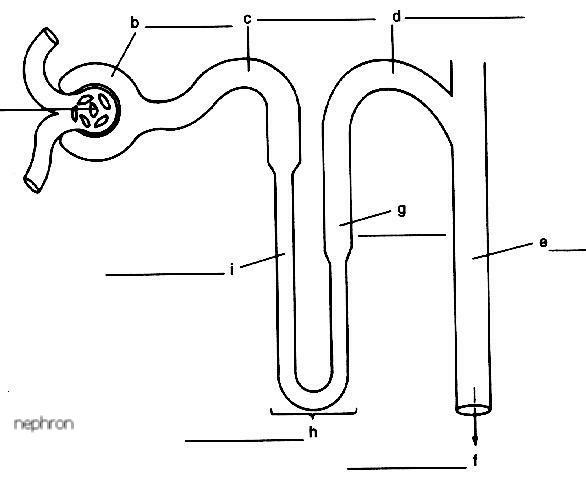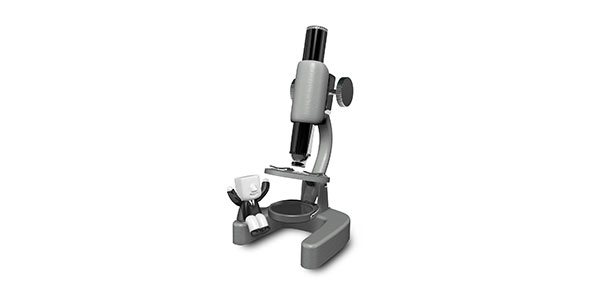Related Flashcards
Related Topics
Cards In This Set
| Front | Back |
|
If no Electrolytes...1. muscle spasms2. confusion3. system of balance4. heart5. tired6. paralysis
If no Water..2. keep ion concentration at constant rate |
|
Osmoconformers:-they do not actively regulate the osmolarity of their tissues-they do regulate the composition of their solutes inside their cells (most marine invertebrates)
Osmoregulators:-actively regulate osmolarity inside their bodies to achieve homeostasis(marine fish) |
|
Marine Fish (gain salt, lose water)-replace lost water by drinking large quantities of sea water-bring in excess electrolytes-ion/solutes diffuse from seawater into tissues-rid excess electrolytes by secreting urine-almost all gas exchange across gills
Freshwater Fish (lose salt, gain water--- do not drink water)-exposed to a concentration gradient 100 to 1000 times greater than that faced by marine fish-gill epithelium--hypertonic relative to water (gain water via osmosis)-water moves from epithelium to adjacent tissues putting them under osmotic stress-if freshwater does not get rid of incoming water, its cells eventually burst-secrete large amounts of water in their urine Anadromous Fish (part marine, part freshwater)-when in the ocean: transport ions out of gills into the water-when in freshwater- (process controlled by hormones)-- transport ions into blood across gills |
|
Ammonia (Fish)-toxic-cheap energetically to produce-at high concentrations it raises the pH-needs a lot of water to be excreted
Urea (Mammals)-more expense to make -less toxic-requires less water to excrete Uric Acid (Birds, Reptiles)-very expensive to make-not toxic-insoluble in water |
|
Uric acid is less expensive to make than urea and not toxic, but it is insoluble in water. Urea, although more expensive and less toxic requires little amounts of water to excrete.---cope with dry habitats: conservation of water
|
|
Rectal Gland (secretes concentrated salt solution)1. Na+/K+ ATPase pumps Na+ out of cell and K+ into cell-creates an electrochemical gradient favoring diffusion of Na+ into cell and K+ out of cell
2. Na+/Cl-/K+ co-transporter is powered by the gradient favoring Na+ diffusion-brings these three ions from the extracellular fluid into the epithelial cells 3. K+ diffuses out through channels -Cl- diffuses into lumen along its concentration and charge gradients 4. Na+ diffuses into lumen along its concentration and charge gradients. |
|
1. isotonic pre-urine that forms in Malpighian tubules empties into the hindgut
2. In the hindgut the primary driving forces for reabsorption of electrolytes and water are chloride pumps in the apical membrane and Na+/K+ ATPases in the basolateral membrane -formation of pre-urine is not selective-reabsorption is high selective and highly regulated |
|
 1. Glomerulus (has slits--only allow small things through)2. Bowman's capsule----- filters blood: to create a pre-urine comprising water, electrolytes and other small substances----25% of water and solutes present in blood is removed 3. Proximal convoluted tubule-recycling center-reabsorption-selectively retrieves small substances that are valuable-almost everything absorbed here 3. Descending limb--highly permeable to water 4. Loop of Henle-countercurrent flow of fluid-osmotic gradient stimulates water and ion flow that in turn maintains an osmotic gradient-creation/maintenance of a strong gradient allows for concentrated urine 5. Ascending Limb-highly permeable to Na+ and Cl- 6. Distal convoluted tubule-Electrolytes and water are reabsorbed-Na+, Cl-, water are either excreted or reabsorbed -depends on hydration -under hormonal control7. Collecting Duct -well hydrated impermeable to water-Electrolytes and water are reabsorbed-Na+, Cl-, water are either excreted or reabsorbed -depends on hydration -under hormonal control |
|
Osmotic gradient would disappear if filtrate ran the same direction.
- created gradient by reabsorbing water/electrolytes differentially along its U shaped length -gradient allows kidney to concentrate urine |
|
Antidiuretic: -released from the brain if an individual is dehydrated-inhibition of urine production-retains water- when it arrives at epithelia cells lining the collecting duct it triggers aquaporins -cells become more permeable to water-water leaves the collecting duct passively
|





